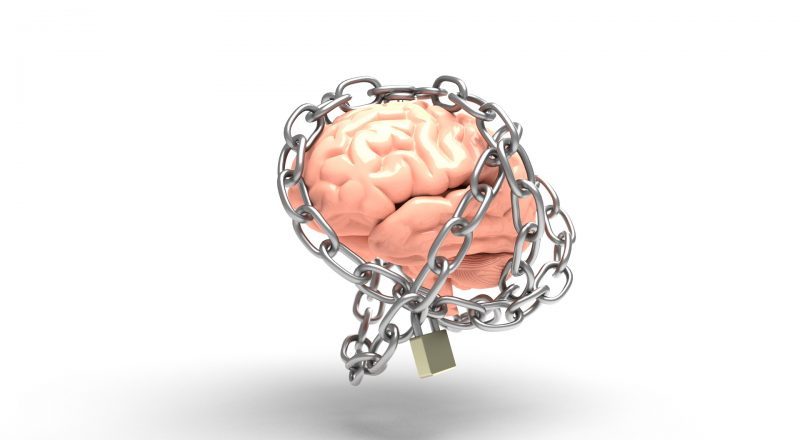Tips on How to Choose the Right Orthotics
Disclosure: This is a partnership with Responsiva & Night Helper Blog LLC . I am disclosing this in accordance with the FTC guidelines.
When your feet are not aligned properly it can result in pain in various areas such as your back, legs, or feet. If left untreated, these types of pains and aches can turn into overuse injuries like stress fractures, plantar fasciitis, tendonitis, and shin splints.
Some of the lower extremity injuries and pain can either be prevented or treated with orthotics, and by using insoles for plantar fasciitis when needed. Plantar fasciitis is an inflammation of the tissue that connects the heel to the toes. It causes a stabbing pain in the bottom of the foot, usually worse in the morning or after long periods of rest.
What Are Orthotics?
Certain people relate orthotics to “arch supports”, yet they offer more benefits than just that. An orthotic is a shoe insert which can assist with correcting incorrect foot alignment when it comes to activities such as running or walking. Despite the fact that orthotics directly work on the position of the foot, they also have an effect on the overall alignment of your lower back, hips, knees, and ankles. This has to do with that all the parts of the body are connected together through what is known as a “biomechanical” chain. Here is a guide from the Orthotic Shop to assist you in choosing the correct over-the-counter orthotics to match up to your unique foot type.
Orthotic Qualities And Foot Types
Flat feet or low-arched feet will be closer to the floor, which means the gap that occurs between the arch and the floor is minimal when you stand. This is a type of foot that is flexible and requires and orthotic that is rigid
- Rigid Orthotic
These orthotics are designed to control motions in your foot. You should look for the orthotics that are inflexible along with great arch support. If when you place pressure over the arch using your fingers and it collapses, then you need an orthotic that is more rigid. It is important to keep in mind that these orthotics may feel a bit strange when you first use then due to their shape and rigidity.
People with high arches have a gap that is large from the foot arch to the floor when they stand. This is the foot type which is usually rigid and will require one of the soft orthotics.
- Soft Orthotic
Soft arch support orthotic insoles help to limit over pronation and cushion the foot. These orthotics are slightly flexible and come with cushioning to absorb the impact and shock from activities such as running. Look for orthotics that come with cushioning and flexibility. At the same time, the orthotic should still support your arches, with a bit of stiffness. These orthotics usually need replacing more often, as the shock-absorption capabilities will wear down.
How Will You Know If The Orthotic Is Fitting Correctly?
Once you have chosen your orthotics, remove them from their packaging. Place them onto the floor and while wearing socks or barefoot stand on the inserts before you put them into your shoes. If you have flat feet, do the orthotic provide you with arch support? If you have high arches, does the soft orthotic seem like it is providing ample cushioning and shock absorption?
Matching Orthotics with Your Footwear
The orthotics that you have chosen may require trimming down to fit inside your shoes. Make sure you always check on the instructions when it comes to where you should be trimming the orthotic. Rather trim off small sections, to begin with, by cutting around the bottom (the ball of the foot) following the cure up to the toes. After you have trimmed off the first section and the orthotics still do not fit, repeat the process. Keep in mind that you can always trim off more when necessary, but you cannot replace what you have cut off when you trimmed off too much.
Tips on How to Break In Your Orthotics
In some cases, when you first start wearing orthotics you might experience a bit of discomfort or soreness in your lower back, legs, or feet. It is normal to experience this for the first few times that you wear them, yet this can be eliminated or/and reduced when you slowly allow your body to become accustomed to the orthotics. Here are a few steps you can use to break your new orthotics in.
- Start wearing the inserts during normal daily activities such as a trip to the shops or wearing them around the house. Try to use the orthotics in the shoes that you wear the most.
- Increase the time you wear orthotics by 2 hours every day. For instance, if you wear the inserts for 2 hours on the first day, increase the wear time to 4 hours on the second day.
- If you start to notice discomfort or soreness remove the inserts and try again the following day until the discomfort subsides.
- Delay using your orthotics to play sports until you are able to use them for a full day of daily living or activities and they feel comfortable. For sports shoes follow the same wear time of 2 hours every day, increasing the wear time by 2 hours every day. Once you feel comfortable and all signs of soreness and discomfort have subsided you can start to use the orthotics for activities such as running.
Disclosure: This is a partnership with Responsiva & Night Helper Blog LLC . I am disclosing this in accordance with the FTC guidelines.




